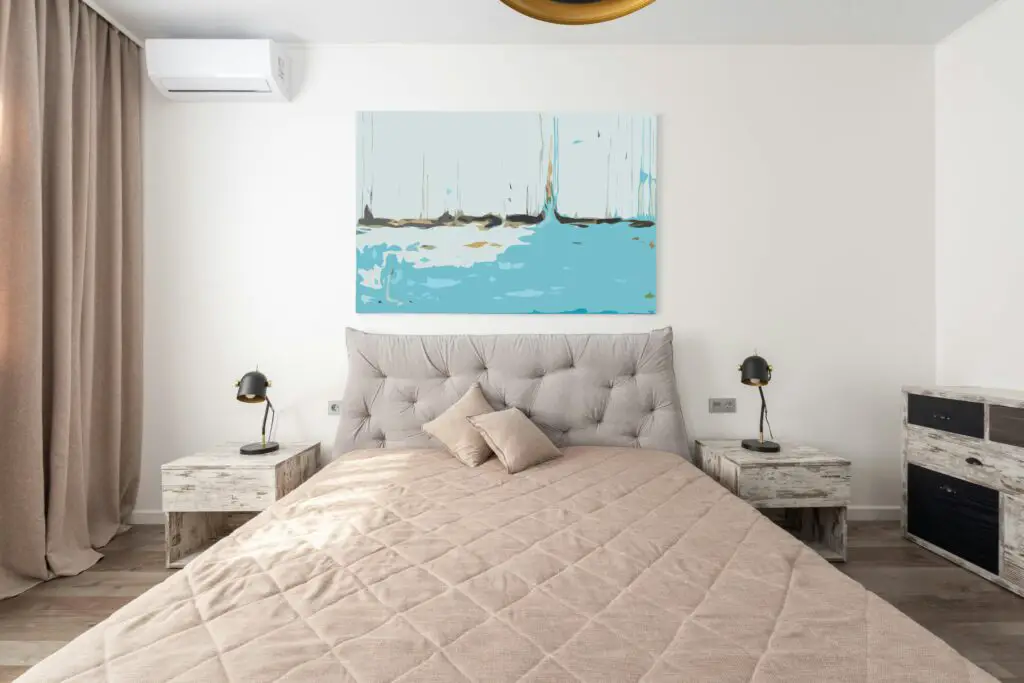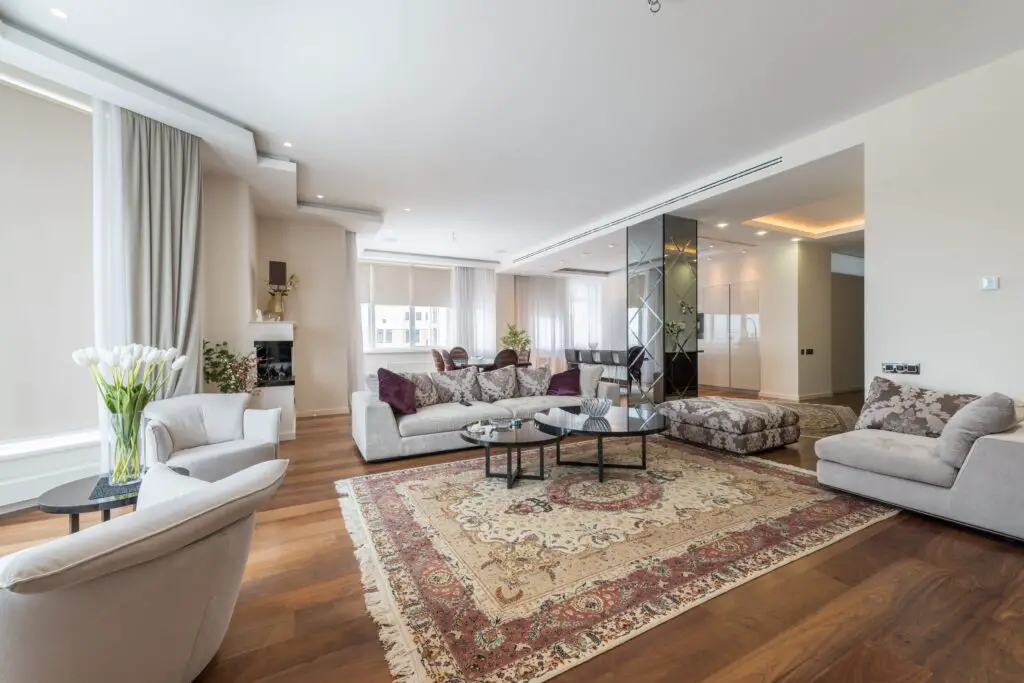Paint is one of the most adaptable and affordable methods to change the look and feel of your home. The correct paint color and technique selection will help you get your chosen aesthetic, whether you are going for a calm, bold, or intimate look.
Selecting Appropriate Paint Colors
Choosing the appropriate colors is the first step in using paint to decorate your home. Consider the tone you want to set in each space and how color might affect it. For instance, bright yellows and oranges can add energy and warmth, while gentle blues and greens inspire a sense of peace and tranquility. Each room’s lighting must also be considered for the appearance of color.
Getting Your House Ready for Painting
It is essential to prepare your home before painting thoroughly. To prevent dirt, dust, or grease from affecting the paint’s attachment, the surfaces that are going to be painted must be cleaned. A smooth, uniform surface, as well as increased paint coverage and durability, can be achieved by applying a primer.

Different Paint Finish Types
The final paint job dramatically impacts how a room looks and feels overall. Smooth finishes are fantastic for covering up faults in walls and ceilings because they provide a soft, non-reflective surface. The shellfish finishes are suitable for high-traffic areas like living rooms and hallways because they are easy to clean and have a faint gloss. Smooth finishes are ideal for bathrooms and kitchens because they give a gentle, pearl-like gloss. Gloss and semi-gloss finishes are perfect for trim and doors because they provide a glossy, washable, and highly reflective surface.
Required Equipment and Supplies
You will need the proper equipment and supplies to paint your house successfully. The tape used for protecting nearby surfaces, a variety of paintbrush and roller sizes, and drop cloths to shield furniture and floors from spills and drips are all included in this.
Methods for Applying Paint on Various Surfaces
For best results, different painting processes are needed for various surfaces. Use a roller for painting vast sections of a wall and a brush to paint the nooks and corners. To achieve uniform, smooth painting on ceilings, think about utilizing a paint sprayer. Use a steady hand and a small brush for precise painting of baseboards and trim.
Using Specialty Paints to Create Texture
Use specialty paints and techniques to give your walls more visual fascination and depth. You are using a sponge to apply paint, which results in a soft, mottled look known as sponge painting. Paint can be applied to walls with a cloth to create a rustic, textured effect. With already prepared templates and paint, carving enables you to create elaborate patterns and motifs on your walls.

How to Maintain Painted Surfaces
Proper care and maintenance after painting will ensure that your painted surfaces look their best for many years. Frequent cleaning with water and a light detergent can assist in getting rid of stains and dirt without causing harm to the paint. Furthermore, adjustments at regular intervals can help take care of any chips or scratches that develop over time.
Playing Around with Color Schemes
Avoid being scared to try out different color combinations when selecting paint for your house. To produce contrast and visual interest, think about utilizing complementary colors. For instance, you may achieve a lively and balanced appearance by combining warm tones like reds and oranges with cool blues and greens. By selecting colors from the same color family or going with monochrome designs, you can also achieve subtle differences.
Making Statement Walls
A popular approach to create drama and focus points in a room is by adding feature walls. Consider painting one wall in a room a striking or contrasting color to make a statement rather than painting the entire space the same color. This works exceptionally well in spaces with architectural elements like corners or fireplaces since a feature wall can capture the eye and improve the room’s aesthetic appeal.
How to Define Spaces with Paint
Another way to visually distinguish distinct regions inside a spacious living room is with paint. You can designate specific dining, living, and entertaining areas by painting walls or portions of walls in different colors. This may give extensive, open areas more visual depth and interest, helping them feel cozier and more intimate.

Including Murals and Patterns
If you want to give your house a creative and unique touch, think about using patterns and paintings in your paint job. The options range from stripes and geometric forms to abstract patterns and floral motifs. A personalized mural reflecting your passions, interests, or favorite places can be ordered from a muralist to add a distinctive and individual touch to your house.
Accepting the Influence of White
Less is often more, though striking hues and patterns can still create an impression. An area can appear lighter and more expansive with the classic and adaptable color of white paint. Additionally, it acts as a blank canvas that lets you display accessories, furniture, and artwork without drawing attention to themselves. Use a variety of white hues to add minor variances and depth to a space, or combine white walls with vibrant accents for a contemporary and airy aesthetic.
Making Use of Painted Accessories and Furniture
Remember to consider how painting furniture and accessories can improve the design of your house in addition to painting walls and ceilings. Repurposing old furniture and giving it a new coat of paint can revive outdated items and bring color to any space. Similarly, painting picture frames, vases, and ornamental items can help create a consistent look across your house and get your color palette together.
Setting the Tone and Ambience
Paint’s capacity to inspire a variety of moods and atmospheres is one of its most significant decorating advantages. Every color has a unique psychological impact on how we feel and act in a given environment. For instance, cool hues like green and blue can promote relaxation and calmness, which makes them perfect for bathrooms and bedrooms. Warm hues, on the other hand, like red and orange, may renew and stimulate, which makes them appropriate for spaces like living rooms and dining rooms where you want to promote social contact and activity.

Having Fun with Space and Light
Another way to control light and space in a room is with paint. While dark colors absorb light to create a comfortable and personal feeling, light colors reflect more light, making a space brighter and more open. You can visibly change a room’s proportions and bring in more natural light by smartly decorating trim, walls, and ceilings. Painting a darker wall can make it retreat and give the impression of depth, while it might make it appear higher.
Conclusion
Paints provide countless chances for imagination and individuality while decorating your home. Paint can change your room and reflect your style, using bright colors and patterns to make a statement or soft hues and textures to create a calm and harmonious atmosphere. Create a customized haven that genuinely feels like home in your home with a bit of creativity and the appropriate equipment.

